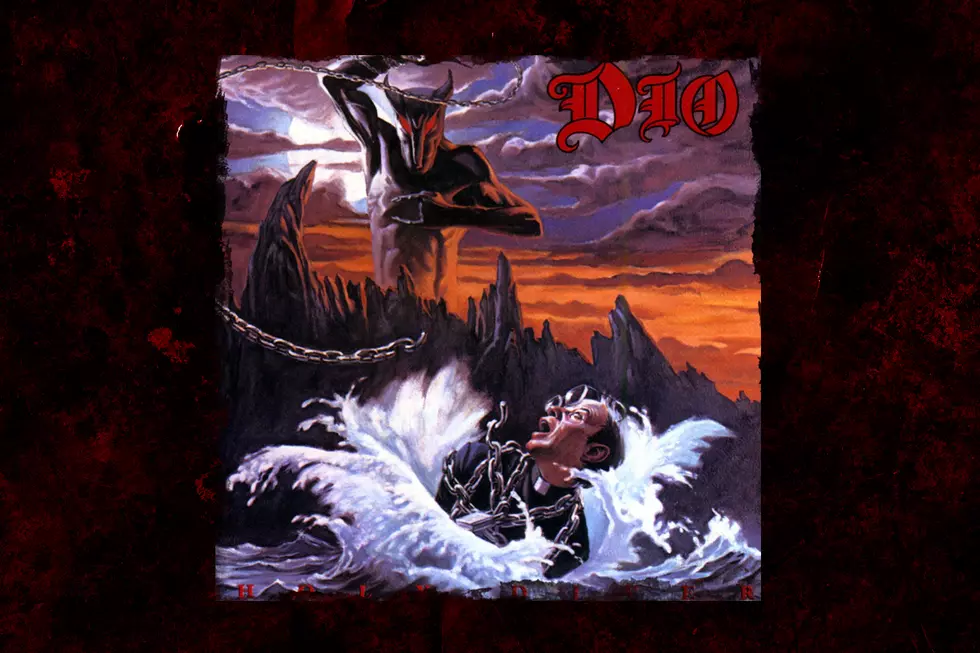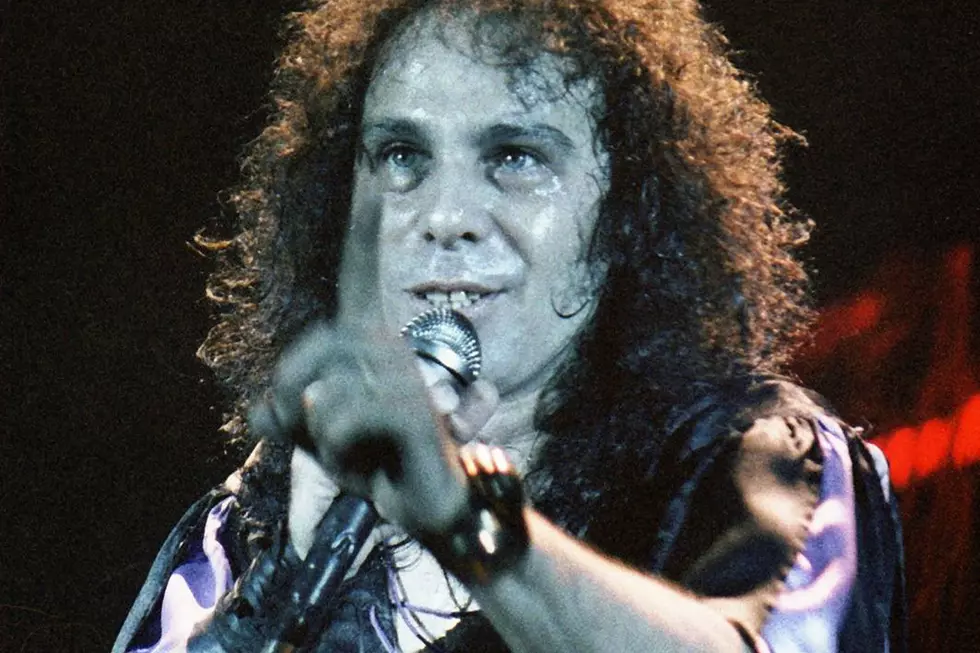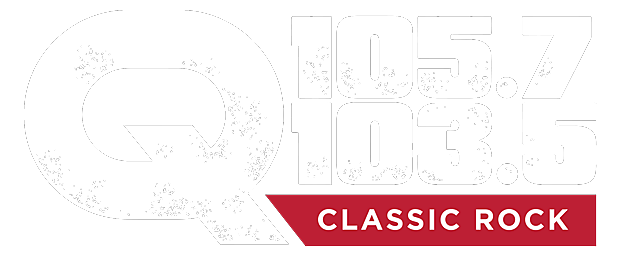
40 Years Ago: Dio Release ‘Holy Diver’
If Ronnie James Dio hadn’t been kicked out of Black Sabbath due to an ego battle that took place during the mixing sessions for the band’s 1982 album Live Evil, one of the hallmarks of pounding commercial metal, Holy Diver, might never have surfaced from the depths.
Warner Bros. asked Dio if he was interested in working on a vanity project during Sabbath’s down time, so when he found himself out of Sabbath, the man on the silver mountain took the opportunity to launch his own group. He took Sabbath drummer Vinny Appice with him, recruited bassist Jimmy Bain, whom he played with in Rainbow and hired 20-year-old Irish guitar whiz Vivian Campbell, whose musical versatility complemented Dio’s multifaceted vocals and haunting, simple synths.
By the time Campbell joined the ranks, Dio and his bandmates had already written most of the album, including the radio-ready “Rainbow in the Dark,” the multifaceted “Don’t Talk to Strangers” and the chugging title track. Dio and his team worked quickly to ride the wave of popularity started by artists like Sabbath, Judas Priest and Ozzy and spring-boarded into commercial viability when Quiet Riot’s Metal Health hit No. 1 on the charts on March 11, 1983.
Dio, "Rainbow in the Dark"
“You could almost hear the doors unlocking for all these other bands when we became popular,” said Quiet Riot bassist Rudy Sarzo. “Everyone was trying to find the next big thing and it was an incredible time for this music.”
Dio was only too happy to ride the wave. But while Holy Diver was a more mainstream release than the two albums he had done with Sabbath, it’s still indisputably heavy and undeniably sincere, chock full of mid-paced tracks packed with Campbell’s blazing riffs and atmospheric arpeggios, and Dio’s dramatic, sometimes operatic vocals.
“It was exciting to work on that album," Dio said in a 1990 interview. “I think it captured a bit of everything and set a wonderful foundation for us to build on.”
Dio, "Holy Diver"
Holy Diver, which was released May 25, 1983, began with the fastest song on the album, “Stand Up and Shout,” before kicking into the lurching title track. It was an effective one-two punch that proved Dio could rock as hard as ever. Then he shifted gears with the bluesier “Gypsy,” the poppy “Caught in the Middle” and the enigmatic “Don’t Talk to Strangers.” Interestingly, “Rainbow in the Dark,” arguably the strongest track, was the second to last song on the album.
Dio self-produced Holy Diver at Sound City Studios in Van Nuys, Calif. The first single was the title track, but it was the second single, the sing-along, fist-in-the-air rocker “Rainbow in the Dark” that connected most strongly with the masses.
Dio’s imaginative and narrative lyrics struck a chord with the fantasy and role-playing generation, which thrilled to the singer’s references to dragons, magic and mystery. More than any metaphor, however, the rainbow stood out as one of the record’s most powerful symbols, one Dio had used before as early as his blues band Elf.
“A rainbow is a natural phenomenon that is so awesome and so seldom seen, that it never fails to draw a response from us all,” he told Let it Rock in 2005. “Rainbows have always made me realize how insignificant we can be in the grand scheme of things.”
One of Dio’s greatest skills was walking the high wire rope between spirituality and darkness. Holy Diver features an abundance of references to good and evil, and in many cases, it isn’t clear which side will prevail: “Don't hide in doorways/ You may find the key that opens up your soul/ Don't go to heaven 'cause it's really only hell.” (“Don’t Talk to Strangers”).
The album art for Holy Diver depicted the band’s devil mascot, Murray, standing behind a mountain, wielding a silver chain that’s tightly wrapped around a man, who appears to be a priest, in the water below. The sinister image fueled rumors that Dio was a Satanist, and some thought the “Dio” logo read “Devil” when turned upside-down (Dio dismissed the interpretation as coincidence). At the same time, he welcomed the public’s inability to define or pigeonhole him.
“That was a time before the Internet when no one knew everything about your life and you could play with imagery and archetypes a bit more and no one really had any perspective on who you really were,” Dio told me in 2008. “It was a more innocent era. Now, people turn on the computer and everyone knows what you’ve had for breakfast. I think that takes away some of the power and mystery from rock and roll.”
Even after Dio’s death, Holy Diver remains potent, infectious and musically relevant. A cornerstone of metal before hair took priority over songwriting, the album has influenced a wide range of more contemporary musicians including Halestorm, David Draiman, Jack Black and Killswitch Engage, who covered “Holy Diver” in 2006.
Killswitch Engage, "Holy Diver"
As great as a line like “Between the velvet lies / there’s a truth that’s hard as steel" (“Holy Diver”) is, there’s an even more potent lyric from “Rainbow in the Dark” that, perhaps captures the cryptic essence of Dio’s character: “You're just a picture, you're an image caught in time/ We're a lie, you and I/ We're words without a rhyme.”
Loudwire contributor Jon Wiederhorn is the author of Raising Hell: Backstage Tales From the Lives of Metal Legends, co-author of Louder Than Hell: The Definitive Oral History of Metal, as well as the co-author of Scott Ian’s autobiography, I’m the Man: The Story of That Guy From Anthrax, and Al Jourgensen’s autobiography, Ministry: The Lost Gospels According to Al Jourgensen and the Agnostic Front book My Riot! Grit, Guts and Glory.
Ronnie James Dio Albums Ranked
More From Q 105.7










